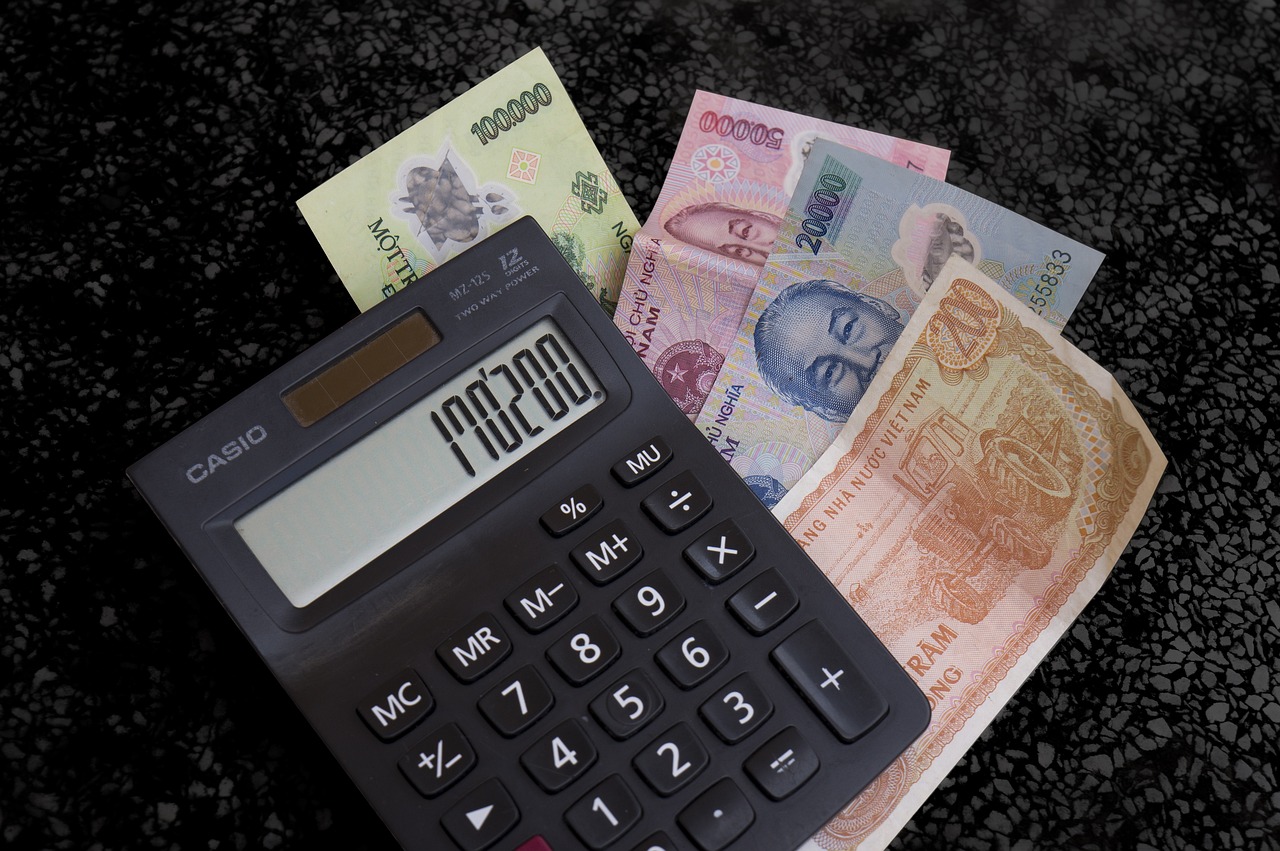Uncovering the Process: Transferring Money from India to Other Countries Explained!
GPT_Global - 2024-03-19 12:30:08.0 551
Are there any restrictions on sending money from India?
India has certain restrictions on sending money out of the country, which may impact individuals and businesses involved in the remittance industry. These restrictions are imposed by the Reserve Bank of India (RBI) to regulate foreign currency outflows and maintain the stability of the Indian rupee. As a result, remittance businesses operating in India must comply with these regulations to facilitate the transfer of funds.
One of the major restrictions on sending money from India is the limit on the amount of money that can be sent abroad. According to RBI guidelines, individuals can only send up to $250,000 per financial year for permissible purposes such as education, medical treatment, and investment. This limit applies to both resident and non-resident Indians and any amount exceeding this limit requires special approval from the RBI.
In addition to the monetary limit, there are also restrictions on the purpose of the remittance. Funds sent from India must be used for specific purposes and cannot be used for activities such as gambling, lottery tickets, or investments in banned countries. The remittance business must ensure that the transaction is in compliance with these guidelines to avoid any potential legal or financial consequences.
Moreover, individuals must provide relevant documents and details to justify the purpose of the remittance. For instance, if sending money for education, the individual must provide admission letters or fee invoices from the educational institution. In cases of medical treatment, medical reports and hospital bills must be submitted. This ensures transparency and helps to prevent illegal activities like money laundering.
Finally, remittance businesses in India must be registered with the RBI and obtain necessary licenses to operate in the country. Failure to comply with these regulations can result in penalties and even suspension of operations. Therefore, it is crucial for businesses to stay updated with the latest guidelines and adhere to them to ensure smooth operations and secure transactions for their clients.
In conclusion, while there are certain restrictions on sending money from India, the RBI has put these measures in place to safeguard the country's foreign exchange reserves and maintain the stability of the rupee. It is important for remittance businesses to abide by these regulations to continue operating ethically and efficiently in this industry.

How long does it take to transfer money from India to another country?
Transfer of money from one country to another is no longer a difficult or time-consuming task. With the boom in technology and the rise of remittance services, sending money abroad has become easier and quicker than ever before. If you are looking to transfer money from India to another country, you may be wondering how much time it would take for the funds to reach the intended recipient.
Well, the duration of the transfer depends on various factors such as the mode of transfer, the destination country, and the remittance service provider. Generally, if you are using a bank transfer, it can take anywhere between 2-5 business days for the money to reach the beneficiary's account. This is because banks follow a certain process and have to go through multiple layers of verification before completing the transfer.
On the other hand, if you choose to send money through a remittance service provider, the process is much faster. Many providers offer instant transfers, which can take only a few minutes for the funds to become available to the recipient. However, some providers may take up to 1-2 business days for the transfer to be completed, depending on the country and the amount being transferred.
In some cases, the duration of the transfer may also depend on the receiving bank's processing time. For instance, if the receiving bank is closed on weekends or public holidays, it may cause a delay in the transfer process. It is always advisable to check with the remittance service provider and the receiving bank regarding their working hours and holidays to avoid any delays.
It is also worth noting that the amount being transferred can also impact the transfer time. While smaller amounts may be transferred quickly, larger amounts may require additional verification and documentation, which can take longer. Hence, it is essential to plan your transfers accordingly and keep in mind any possible delays that may occur.
In conclusion, the time taken to transfer money from India to another country varies depending on several factors. It is best to choose a reliable and efficient remittance service provider to ensure a smooth and timely transfer. Consider all the aspects before making a transfer and always stay updated with the latest exchange rates for a hassle-free remittance experience.
Do I need to provide any documentation to transfer money from India?
Transferring money from India can be a seamless and secure process, especially with the advancement of technology. However, before initiating a remittance transaction, there are certain documentation requirements that need to be fulfilled. The following are some of the essential documents that you may need to provide to transfer money from India.
1. Identification Proof: One of the primary documents required for any remittance transaction is proof of identification. This can be in the form of a valid government-issued ID such as a passport, Aadhaar card, or driver's license. It is essential to provide a clear, scanned copy of your ID for verification purposes.
2. Proof of Income: Depending on the amount of money you are transferring, banks or financial institutions may require you to provide proof of your income. This could be in the form of salary slips, bank statements, or tax returns. This is to ensure that the funds being transferred are legitimate and do not involve any illegal activities.
3. Purpose of Transfer: If you are transferring a large sum of money, you may also have to provide a statement specifying the purpose of the transfer. This is to comply with anti-money laundering laws and to ensure that the funds are not being used for illicit activities.
4. Bank Details: You will need to provide the recipient's full name, bank account number, and the IFSC code of their bank to initiate the transfer. It is crucial to double-check these details to avoid any delays or errors in the transfer process.
5. Foreign Exchange Declaration Form: In case you are sending money abroad, you may be required to fill out a foreign exchange declaration form to declare the purpose of the transfer and the source of funds.
In conclusion, providing the necessary documentation is a vital step in transferring money from India. It ensures that your transaction is secure, transparent, and compliant with the regulations set by the Reserve Bank of India. Make sure to have all the required documents ready before initiating a remittance to avoid any inconvenience or delay in the process.
Can I use a credit card to transfer money from India?
In India, there are various ways to transfer money, and using a credit card is one of them. With technology advancing and every sector going digital, remittance businesses have also adapted to make the process easier and faster. Using a credit card for transferring money from India has its advantages and disadvantages.
Firstly, using a credit card can be a convenient way to transfer money from India. It allows you to do the transaction from the comfort of your home or office. You can simply log in to your online banking and initiate the transfer without having to physically visit a bank or remittance center. This saves time and effort, especially for those living in remote areas.
Secondly, credit card transfers can be done quickly. Once the transaction is initiated, the money is usually transferred instantly or within a few hours. This is beneficial for urgent or emergency situations where you need to send money to someone in India as soon as possible. It can also be useful for business transactions that require immediate payment.
However, it is important to note that using a credit card for remittance can come with some drawbacks. One of the major disadvantages is the high fees associated with credit card transfers. Banks and credit card companies may charge a high percentage or fixed fee for international transactions, making it an expensive option for transferring money from India.
In addition, credit card transfers may also have lower exchange rates compared to other remittance methods. This means that the recipient may receive a lower amount of money due to conversion charges and fees. Therefore, it is important to research and compare the exchange rates and fees before choosing to transfer money using a credit card.
In conclusion, using a credit card to transfer money from India can be a convenient and fast option, but it is essential to consider the associated fees and exchange rates. If the transaction is urgent or for a small amount, a credit card may be a suitable choice. However, for larger amounts, it may be more cost-effective to choose another remittance method with lower fees and better exchange rates.
What are the exchange rates for transferring money from India?
When it comes to transferring money from India, one of the most important factors to consider is the exchange rate. This refers to the value of one currency in comparison to another. In India, the national currency is the Indian Rupee (INR), and the exchange rates for transferring money vary depending on the country you are sending it to.
If you are transferring money from India to the United States, for example, the current exchange rate is 74.01 INR to 1 USD. This means that for every 74.01 INR you send, your recipient will receive 1 USD. However, if you are sending money to Europe, the exchange rate would be different as the currency used there is the Euro.
The exchange rates for remittance businesses often fluctuate on a daily basis due to various economic factors. These can include inflation rates, interest rates, and political stability. As such, it is important to check the latest exchange rates before making a transfer to ensure you are getting the best value for your money.
In addition to the exchange rate, it is also important to consider the fees associated with transferring money from India. Remittance businesses may charge a flat fee or a percentage of the total amount being transferred. Some may also offer better exchange rates for larger amounts, so it is worth comparing different providers to find the most cost-effective option.
Ultimately, understanding the exchange rates for transferring money from India is crucial for anyone looking to send funds internationally. By staying informed and comparing rates and fees, you can ensure that your recipient receives the maximum value of the money you are sending.
About Panda Remit
Panda Remit is committed to providing global users with more convenient, safe, reliable, and affordable online cross-border remittance services。
International remittance services from more than 30 countries/regions around the world are now available: including Japan, Hong Kong, Europe, the United States, Australia, and other markets, and are recognized and trusted by millions of users around the world.
Visit Panda Remit Official Website or Download PandaRemit App, to learn more about remittance info.



